Looking for an effortless garden? Just Throw these Flower Seeds On the Ground And Watch them Grow!
Did you ever see your garden birthing a patch of colorful flowers without you tending them? Well, it could be one of these Flower Seeds You Can Just Throw On the Ground And They Grow! However, do keep the seasons in mind, as these beauties thrive in neglect, sadly, not year-round!
Explore Some Beautiful White Flowers With Yellow Centres Here!
What Is Broadcast Seeding?
Have you ever wondered how to sow seeds in a way that’s both efficient and natural? Broadcast seeding is your answer! Imagine taking a handful of seeds and gently tossing them over the soil, much like how the wind scatters seeds in the wild. This method is all about spreading seeds loosely across the ground rather than in neat rows or patterns.
It’s a fantastic way to quickly cover large areas, making it a favorite for planting grasses, wildflowers, and cover crops.
Flower Seeds You Can Just Throw On the Ground And They Grow
1. Sweet Rocket
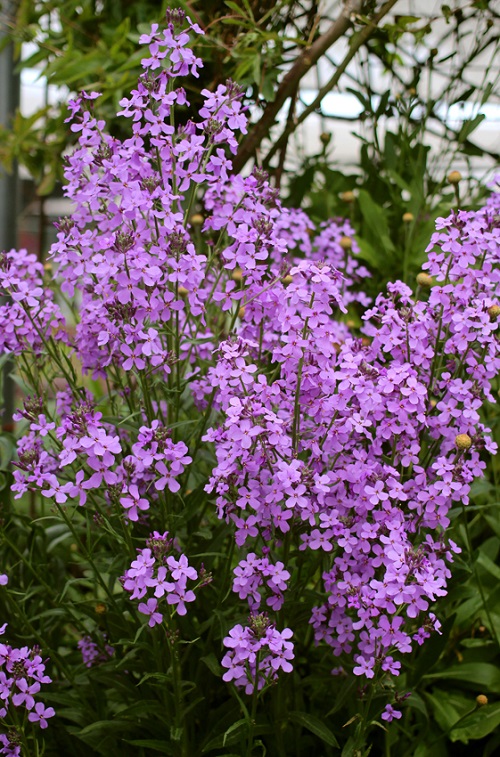
Botanical Name: Hesperis
Whether it’s a sunny meadow or a shady patch of land, these no-fuss flowers spring up effortlessly in clusters of lavender-purple spikes from late spring to early summer.
2. Love-In-A-mist
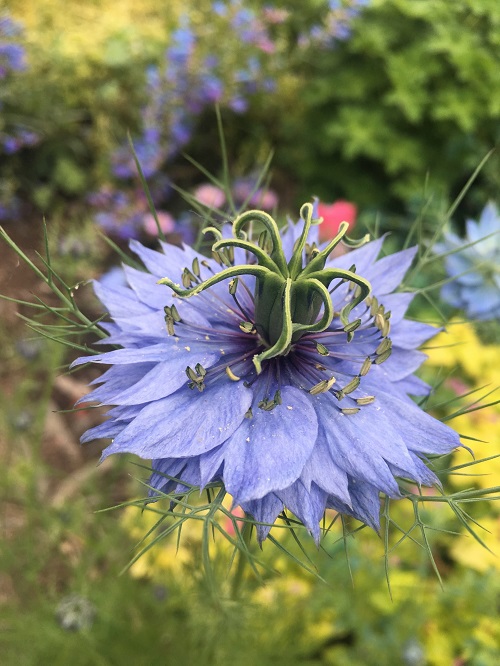
Botanical Name: Nigella
Just toss the seeds on the soil and watch them sprout into delicate flowers in shades of blue, white, and pink through late spring and early summer.
3. Toadflax
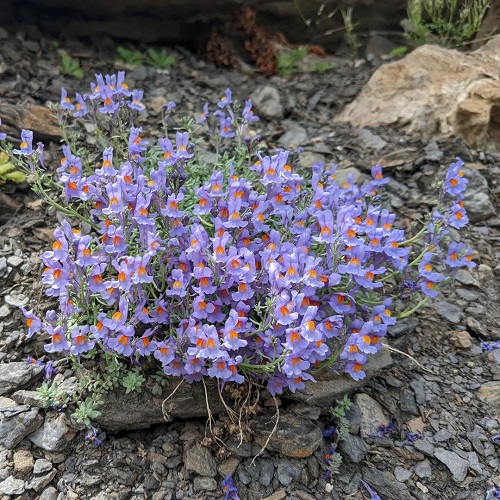
Botanical Name: Linaria
These snapdragon-like flowers are a champion in diverse conditions, from sunny and dry to partially shaded areas. Blooming from spring through fall, they’re ideal for rock gardens, borders, or any sunny spot in need of color.
4. Poppies

Botanical Name: Papaver
Poppies are perfect for sunny, well-drained areas and don’t require much tending. Just scatter the seeds and watch as they produce bold red, orange, and pink flowers from late spring to early summer.
5. Foxgloves

Botanical Name: Digitalis
If you love tall flower spikes, sprinkle Foxglove seeds in partially shaded spots that remain mostly moist. Coming in purple, pink, or white bell-shaped flowers, they’re a common sight in woodland gardens and cooler climates.
6. Nasturtium
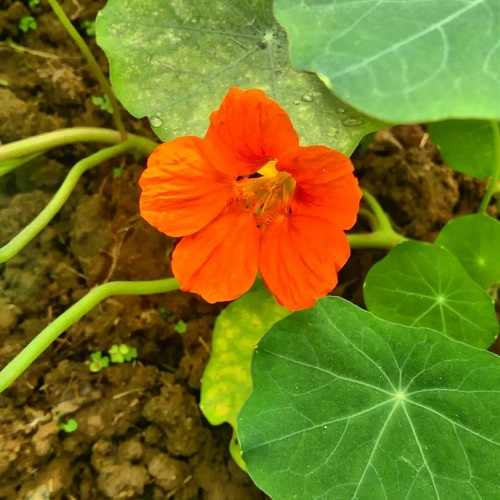
Botanical Name: Tropaeolum majus
If you are up for a garden-to-table experience, just toss the seeds in any sunny spot with well-drained soil and watch the bright yellow-orange edible blooms carpeting the place.
7. Cleome

Botanical Name: Cleome hassleriana
Popular as spider flowers, Cleomes thrive in warm conditions and produce tall flower spikes, for a wild, untamed feel to any garden.
8. Cosmos

Botanical Name: Cosmos bipinnatus
Simply scatter Cosmos seeds and watch these stars of the garden emerge in any sunny spot. With dainty, daisy-like flowers in pinks, whites, and reds, they are a common sight in summer and fall.
9. Zinnia
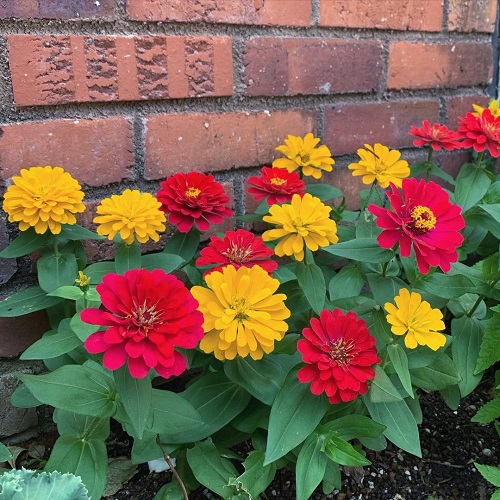
Botanical Name: Zinnia elegans
Zinnias look like a celebration of colors, blooming vibrantly all summer long. Easy to grow and quick to flower, these flowers are home to butterflies and pollinators, turning any random spot into a living bouquet!
10. Columbine
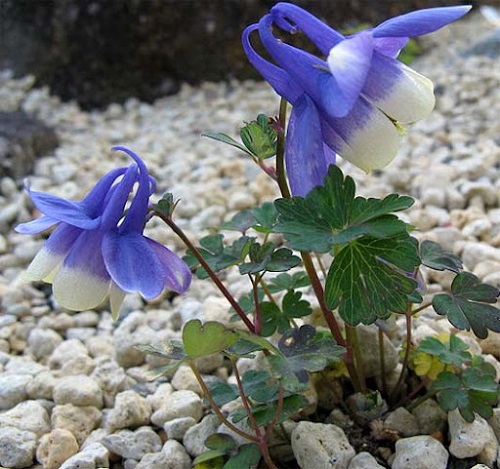
Botanical Name: Aquilegia spp
Columbine is a delight for casual gardeners, effortlessly growing in partial shade or sunny spots. Their unique, bell-shaped flowers, often two-toned, emerge generally during spring and early summer.
11. Pansy
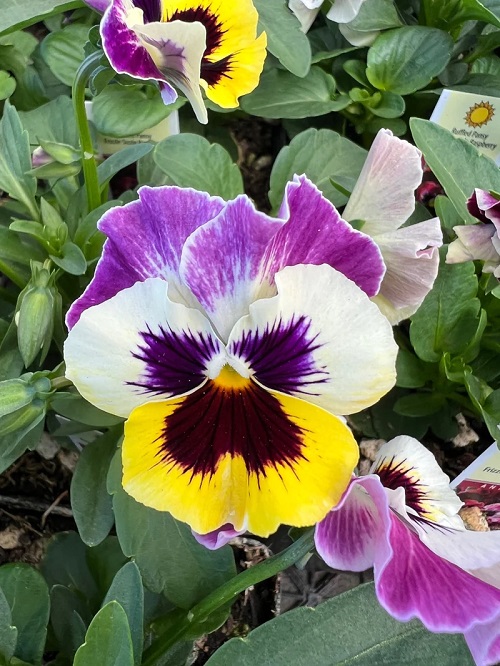
Botanical Name: Viola spp.
Pansies are fantastic for effortless color in your garden, where you can simply scatter the seeds in partially sunny or shady areas and watch them transform into a colorful piece of land during spring and fall.
12. Lupine

Botanical Name: Lupinus spp.
Lupines are a no-fuss option for adding height and attracting beneficial pollinators to the garden. You can casually sow the seeds in varied light conditions, particularly if you want a wildflower look with ease.
13. Sweet Pea
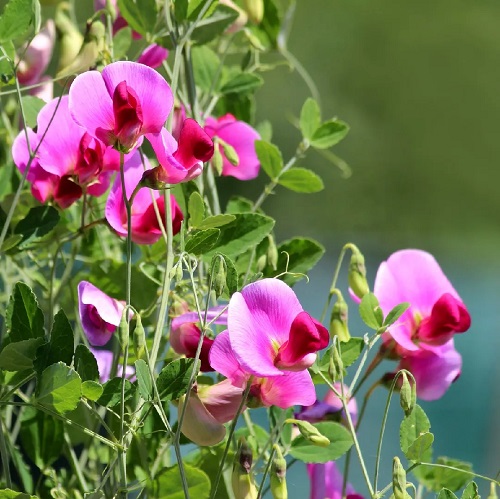
Botanical Name: Lathyrus odoratus
Sweet peas are as effortless as they are fragrant. Cast the seeds in a sunny spot, and they’ll climb up any nearby support, producing a profusion of scented blooms.
14. Poppy

Botanical Name: Papfaver spp
Just a handful of Poppy seeds can transform a garden space into a patch of delicate, papery blooms. Scatter them in late spring or early summer for successful blooming.
15. Coneflower

Botanical Name: Echinacea spp.
Coneflowers are a staple for an easy-care garden. Just a light scattering of seeds in a sunny area is enough for these hardy flowers to emerge, attracting birds and butterflies with their vibrant pinks and purple.
16. Moss Rose
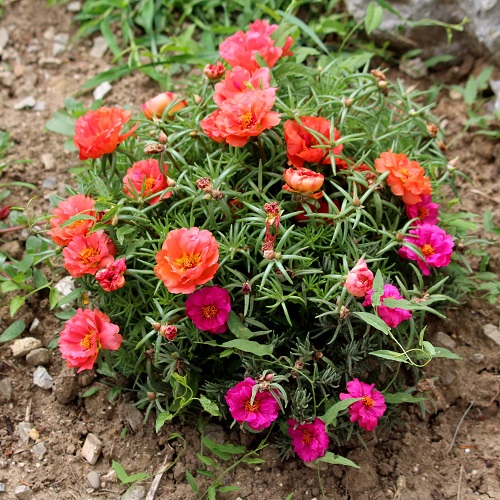
Botanical Name: Portulaca grandiflora
For hot, dry spots, Moss Rose is your go-to! These drought-tolerant seeds grow into a colorful ground cover even under neglect, perfect for rock gardens or edging.
17. Morning Glory
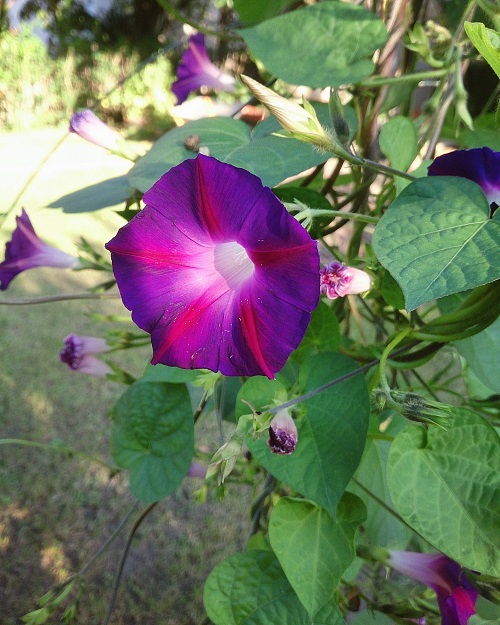
Botanical Name: Ipomoea spp.
These climbers rapidly grow from seeds scattered at their base, creating a lush spot of trumpet-shaped flowers in any space, especially if you manage to give it some support!
Post Sowing Care
After sowing your ‘throw-and-grow’ flower seeds, a bit of care can go a long way. Here’s what you need to do:
- Initially, water the area lightly but consistently. This helps the seeds settle in without getting washed away or buried too deep.
- Keep an eye out for weeds. Regularly removing them ensures your flowers aren’t competing for nutrients and space.
- Once seedlings sprout, thin them out. This might seem counterintuitive, but it gives each plant enough room to grow strong and healthy.
- Observe your plants as they grow. Look out for signs of overcrowding or disease, and act promptly if needed.
- For taller varieties, provide support like stakes or trellises to help them stand tall and not droop.
- Watch out for garden pests. Natural remedies or mild pesticides can help keep them at bay without harming your blossoms.






